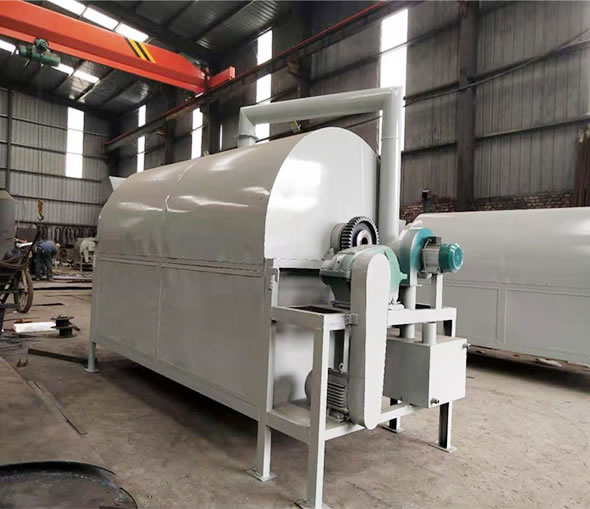






In the heart of Laos, a humble vegetable known as Da Tou Cai has been an integral part of local cuisine and culture for generations. Traditionally harvested and consumed fresh, this root vegetable is rich in nutrients and flavor, making it a beloved staple in many households across the country. However, with the advent of technology and the need for food preservation methods that align with modern standards, the Lao Da Tou Cai industry is now embarking on a journey of drying technology innovations that promise to preserve its essence while expanding its reach beyond borders.
The journey began with recognizing the potential of Da Tou Cai not only as a local delicacy but also as a viable product for export. With this vision in mind, local producers and researchers set out to explore ways to dry the vegetable while maintaining its nutritional value and unique taste profile. This led to the development of innovative drying techniques that carefully control temperature and humidity levels during the process, ensuring that the vegetable's essential oils are preserved, and its texture remains appealing.
One of the key breakthroughs was the adoption of low-temperature drying technology, which prevents the loss of volatile compounds that contribute to Da Tou Cai's distinctive aroma and flavor. By utilizing precise temperature control, the drying process can be slowed down, allowing for better retention of nutrients and enhancing the product's shelf life without compromising on quality.
Moreover, the introduction of dehydration chambers equipped with state-of-the-art ventilation systems has further enhanced the drying efficiency. These systems ensure consistent airflow and moisture removal, leading to uniform drying across the entire batch. This level of precision and control not only improves product consistency but also paves the way for scalability, as larger quantities can be processed with minimal manual intervention.

Another aspect that sets the Lao Da Tou Cai drying process apart is the careful consideration given to packaging. Recognizing the importance of maintaining product integrity post-drying, producers have adopted specialized materials designed to protect against moisture and oxygen permeation. These packages help prevent oxidative rancidity and maintain the vegetable's freshness until consumption.
With these technological advancements, the Lao Da Tou Cai industry is poised to make a significant impact on the global market. Not only does this innovation open up new markets by extending the product's shelf life and making it suitable for international shipping, but it also creates opportunities for diversification. The dried form of Da Tou Cai can now be incorporated into a wider range of culinary applications, from being used as a flavorful ingredient in soups and stews to being ground into a powder for use in sauces and dips.
As the Lao Da Tou Cai industry continues to evolve, embracing these drying technology innovations represents a step towards sustainable growth. By preserving the integrity of their traditional crop and finding ways to share it with the world, local producers are ensuring that the legacy of Da Tou Cai lives on, thriving in both tradition and modernity. This commitment to innovation and quality is what will propel the Lao Da Tou Cai industry forward, creating a bright future where the roots of tradition and the wings of progress take flight together.